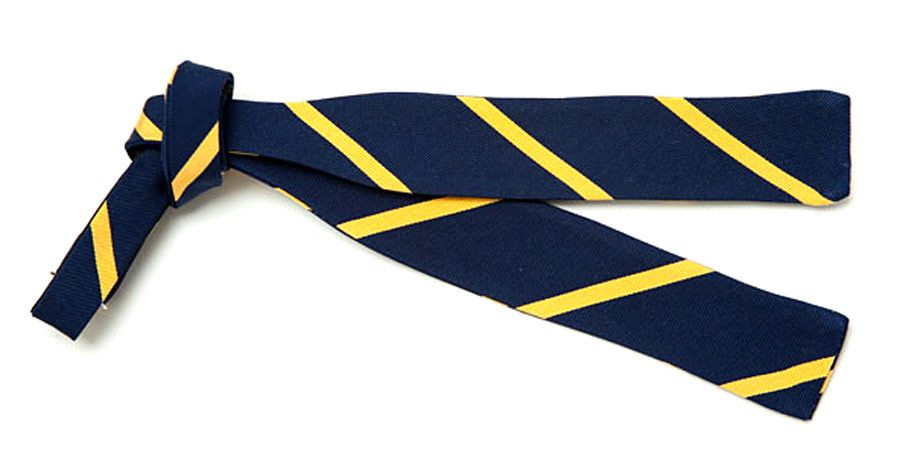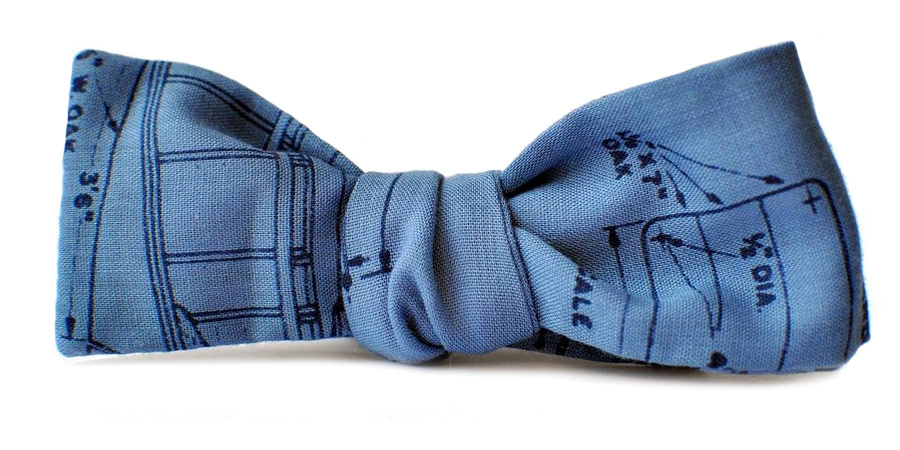Part 2:
The Little Things
As we move into warmer spring weather, your wardrobe's conversion to lighter weight fabrics shouldn't stop at jackets, sweaters and trousers. Your neckwear should follow the same sartorial guidelines. We've covered the materials, now we're turning our attention to the little things that can have a big impact on your style.
Bow Ties
If you haven't rocked a bow tie yet, spring's the perfect time to give one a try. Just wearing a tie sets you apart from the pack, but a bow tie shows you've got confidence in your style. They come off a bit less formal than your average necktie. Not to mention they've got a certain retro cool about them—especially the trimmer styles like these.
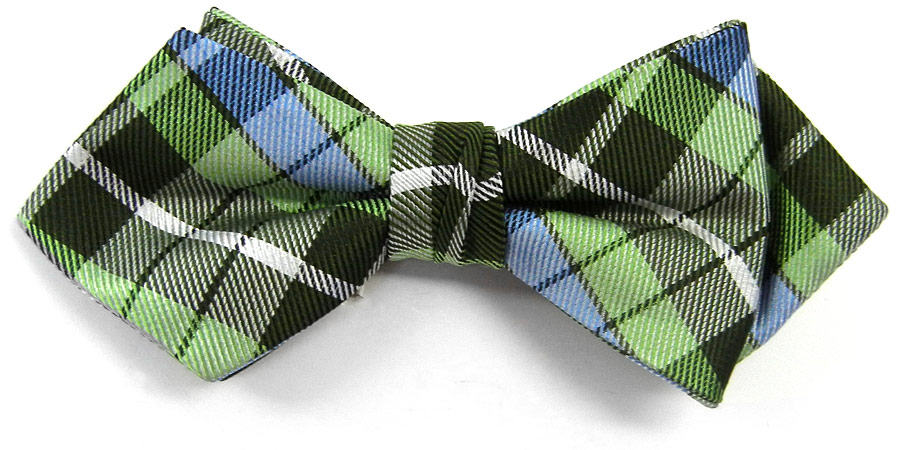
Tartan silk bow tie, $15 (for self-tie or pre-tied) by The Tie Bar
Tie Bars
Some call it a tie bar. Others, a tie clip. There are subtle differences, but we needn't go into those. To us, it's another piece that's small in scale but big in impact. In the spring, when you don't have as many layers to tuck your tie into, a tie bar keeps your tie from flopping around in the wind (plus, it adds some refinement when you're not wearing a jacket). And since most ties today are in the 2 to 3-inch range, you want a bar between 1 - 1 ½ inches, like these.
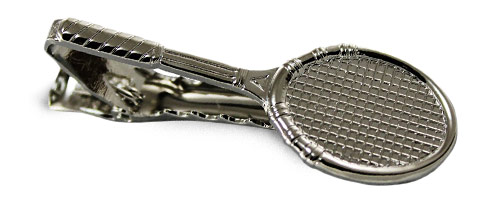
Tennis Racket, $39
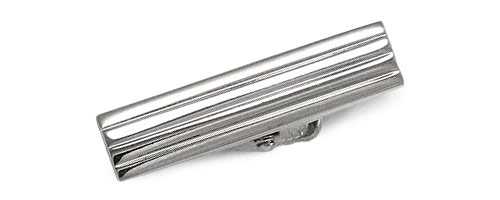
Ridged Stainless, $15
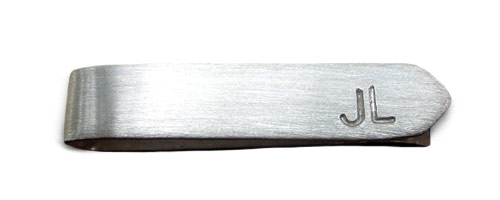
Monogramed, $23
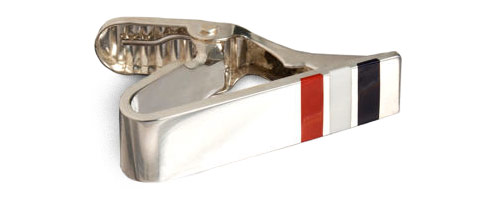
Thom Browne, $295

When storing your fall and winter ties for the season, make sure they're clean (and ideally, wrinkle-free). Silk ties can hang in the closet, but wool and knit ties should be kept in a drawer, folded in half and rolled to preserve their shape. If your ties need cleaning or repairing, send them to a restoration service like Tiecrafters.
Comment
The Series
© Copyright 2024 Valet Media LLC - All Rights Reserved. | Privacy Policy | Terms & Conditions
